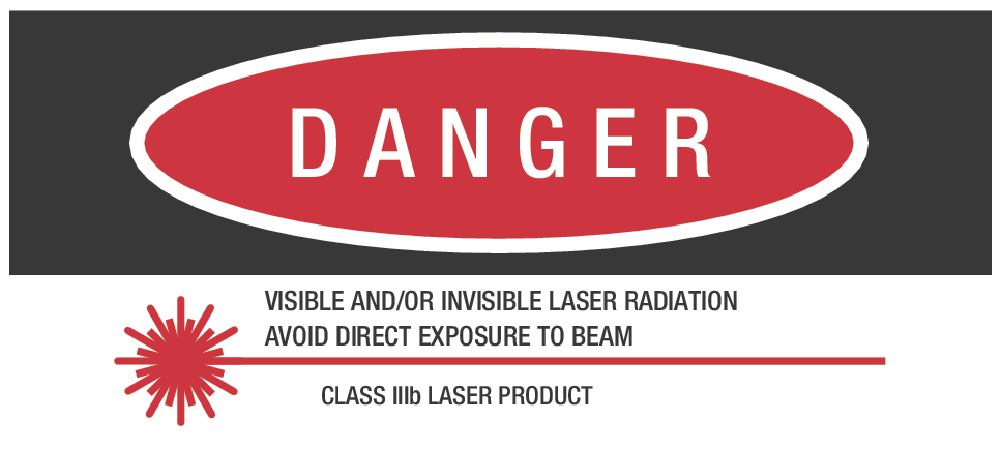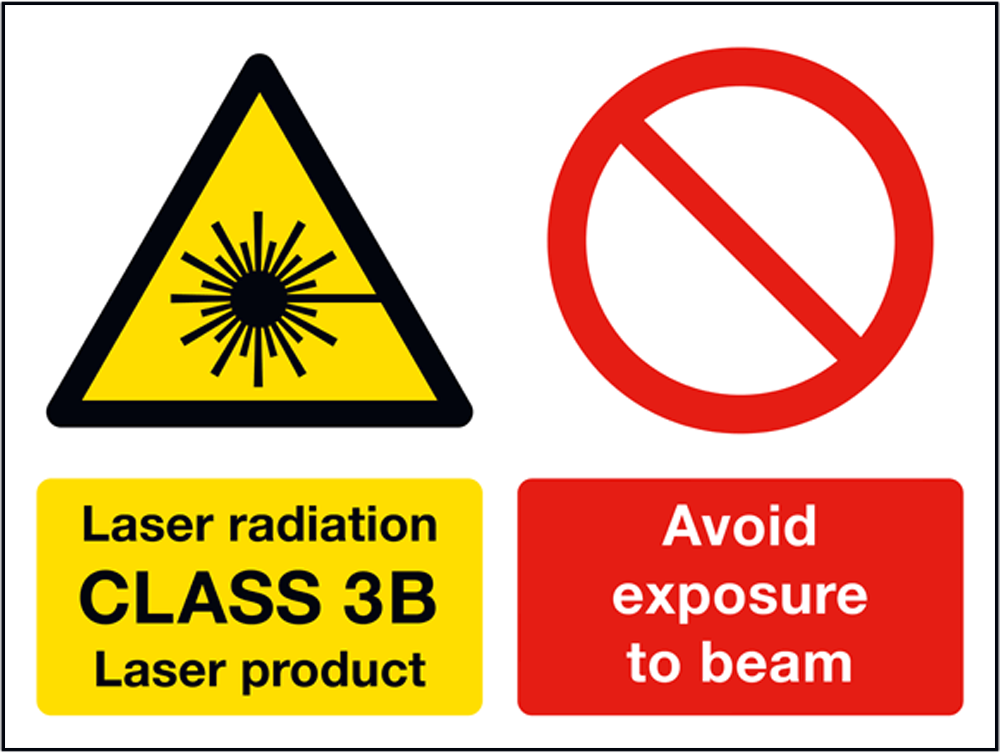Lasershow Safety Guidelines
IMPORTANT:
The information on these page is intended for informational purposes and guidance only and should not be used as the only means of evaluation the safety of laser displays.
INTRODUCTION
In general there is no deeper knowledge necessary to operate a laser projector in a physical sense. However, laser light may be quite dangerous if it's improperly handled.
Due to the coherence of the laser light (same direction and wave characteristics of the light - different to normal light sources), the very sharp rays can be dangerous to human eyes or any optical sensors such as cameras.
However, if you respect your local laser safety regulations, it is possible to make a safe laser show.



The responsibility for laser operation is with the actual operator. So being careful and awareness are most important!
As a laser operator and/or producer of laser light shows and displays, I understand and acknowledge the following:
A. Above any other considerations, a laser show must be safe for all persons at the show. This means:
• The laser light must not cause injury (harmful changes) to eyes or skin.
• The laser light must not create a potentially injurious condition, such as causing curtains or other materials to ignite.
• Non-laser safety must also be maintained, in areas such as mechanical mounting (no hazards from falling equipment) and electrical safety.
B. I understand that I am ultimately responsible for the laser show’s safety.
C. I will not present a show which is hazardous (potentially unsafe), or change or modify a safe show so that it becomes hazardous.
D. I will not allow others to override safety considerations, such as show producers or clients.
E. My shows will be continuously monitored so that hazardous conditions can be detected if they occur. In such a case, the condition will be corrected or the laser emission will be immediately terminated (within a few seconds).
• This is most commonly done using a trained operator who knows what hazardous conditions to monitor, and who knows how to immediately terminate the laser emission.
• Alternatively, continuous monitoring may be done by an automated system if it provides a reliable, equivalent level of safety.
• Some shows and displays may not require continuous monitoring if audiences and other non-service persons cannot access the beams under reasonably foreseeable conditions. An example is a fully-enclosed rear projection system.
F. I will anticipate problems that may be caused by other elements of the show. If such problems occur, I will already be prepared to immediately make changes that keep my show safe.
• For example, if persons or stage elements are out of position, I will already have a backup plan such as adjusting the beam locations and/or using alternate lasers to safely keep the show going.
• Other example potential problems to plan for: persons deliberately trying to access the beam, unexpected use of pyro or reflective confetti, persons tripping or falling near lasers.
G. Laser safety standards and guidelines should be followed at all times, including during setup/installation, and for all persons in the area, whether general audiences, performers, production staff, etc.
• For some persons such as performers, there may need to be special safety measures such as dead man's switches or additional monitoring, to ensure they are in a correct position when lasers are used near them.
H. I will use backup methods to ensure that if beams do not hit a target, they will not pose a hazard. This can include:
• Physical backups such as beam stops or having the beam terminate on a building (NOT a window),
• Apertures, beam masks or electronic limits on scanners at the projector, to limit beam movement, and
• Monitoring so a misaligned beam is noticed and causes laser shut down.
Source - ILDA Lasershow Safety - Basic Principle
FACTS TO CONSIDER FOR SAFE SHOW LASER OPERATION
• Make sure to have the laser placed in proper distance and height when doing audience scanning, so the
impact power through reflection does not affects anyone's eyes. Or much better to avoid hitting anybody's eyes.
• Place safety zones in your software programming on-site to reduce the power for areas where the impact power is
too high.
• When scanning the audience, use a high scan speed, large deflection angle and non focused
patterns.
• Never directly shoot a hot beam of lights to the audience. You may shoot beams above their heads
(minimum height 3 meters from floor base).
• Use a safety shut-off solution (safety button etc.) to be able to switch of the system, e.g. just in case
somebody tries to manipulate the lasers during operation or if somebody enters the laser safety
area.
• Keep people under age away from laser devices and laser operation.
• Shut off the laser when leaving the control area, make laser operation accessibility impossible to any third party.
• Familiarize yourself with laser safety requirements prior to laser operation. Some countries
(very few only) may need a Laser Safety Officer present on site during operation or may need a
laser safety assessment of the installation.
Laser projectors are not dangerous themselves - the danger always comes from wrong operation or laser operators/tech!
Source - Laser World Laser Show Safety